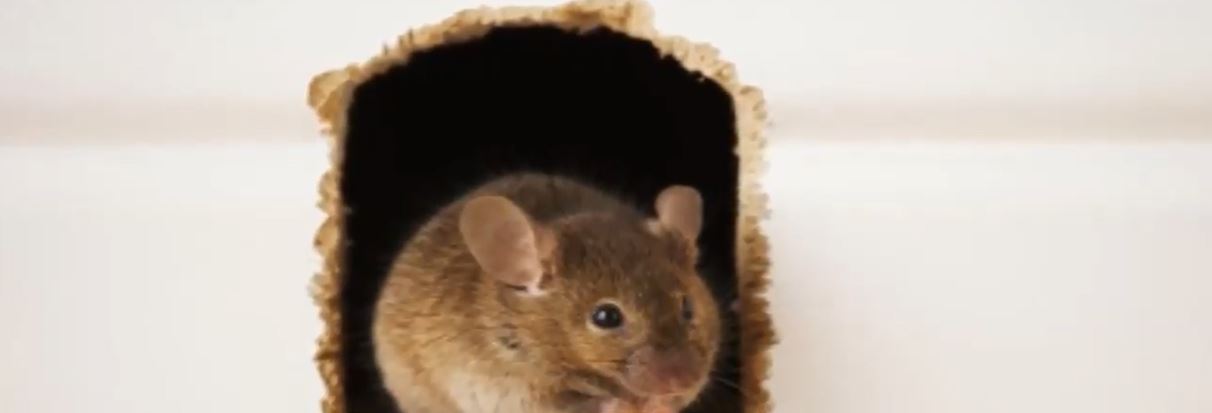House Mouse Trapping: How To Trap A House Mouse

If you have mice in your home, then they are likely to be house mice, a particular species of rodent. While preventative methods are ideal, they won't always work and when that happens, you may find yourself looking into the best way to trap a house mouse. There are numerous traps available for this species on the market, with some being lethal and others being live traps. That gives you several options for how to trap the mouse. Keep in mind that no matter which trap you choose, you will need several traps if there is more than one mouse.
Kill Traps
The most commonly recognized mousetrap is the traditional snap trap and many experts recommend this. The trap will use a steel spring bar to instantly kill the mouse when the trap is sprung. The act of killing the mouse is very quick, so it is considered a more humane method than other traps. They are also inexpensive and easy to set up. If you use these traps, always use caution if there are young children or pets around as anyone can set them off.
Another type of kill trap is the glue trap, but these are not recommended. These traps have glue or a similar substance on the tray or board. When a mouse steps over them, they will catch the animal. The positive side is that they don't pose a risk for pets or small children. They are, on the other hand, not suggested by any reputable professional since the mouse will not die instantly. Instead, it will suffer for days before starving to death or being killed.
There are also newer electronic traps available on the market. These will instantly kill the mice with a high-voltage shock. You simply set them up with bait and when the mouse steps on an internal plate, the circuit in the trap is complete. They kill the mice instantly but are expensive to buy and go through batteries fairly quickly.
Live Traps
If you plan on trapping a house mouse and want the most humane option, then you should go with a live trap. Although snap traps are what most people picture when they think of mouse traps, live ones are not hard to find. Keep in mind that these traps need to be checked at least daily so the animal doesn't die from starvation or dehydration. After trapping a mouse using a live trap, you will want to travel at least a few miles before releasing it. Simply carrying the trap a few hundred yards won't be enough.
Bait To Use
Mice typically eat grains and seeds, but they will enjoy foods with high sugar, protein, or fat content. You should always opt for lightweight bait since live mouse traps have sensitive triggers since mice themselves are light. Some good bait options include peanut butter by itself or with oatmeal, gumdrops, marshmallows, beef jerky, butter on bread, cherry pits, maple syrup, bacon grease, or small nuts. If you are setting up multiple traps, consider using a few different baits so each trap offers a different option. While they are opportunistic eaters, some mice will prefer certain items over others and this gives them more options, increasing your chances of success.
Placing The Trap
When setting up the trap, consider placing a small piece of bait near the front of your live trap. This will attract the house mouse's attention and help convince him to enter. Just remember to only place a small amount in this area.
You will also need to make sure that you put the trap in the right spot. Before you place the trap, make sure that you know which areas the mice are most likely to spend time in so you can be successful. You should also try not to touch the trap after touching pets as mice don't like the smell of these natural predators. Most of the time, the human scent itself will not be discouraging.
Other Trap Tips
Most of the time, you will have more than one house mouse to trap. In this case, keep in mind that you will need a trap for every single rodent and having extra will help your chances. You also want to try to catch as many mice as possible the first night as your chances of success the following nights will go down. As such, make sure you set all of your traps the first night.
If you try trapping a house mouse and aren't successful at first, don't give up. Instead, consider hiring a professional to take care of the problem. He may recommend a different trap, bait, or placement of the trap. Professionals will also be able to give you other tips to make sure that new house mice don't come to replace the ones you have trapped and gotten rid of.
Read the How to get rid of mice page for helpful information and to learn more about House Mouse Trapping: How To Trap A House Mouse

